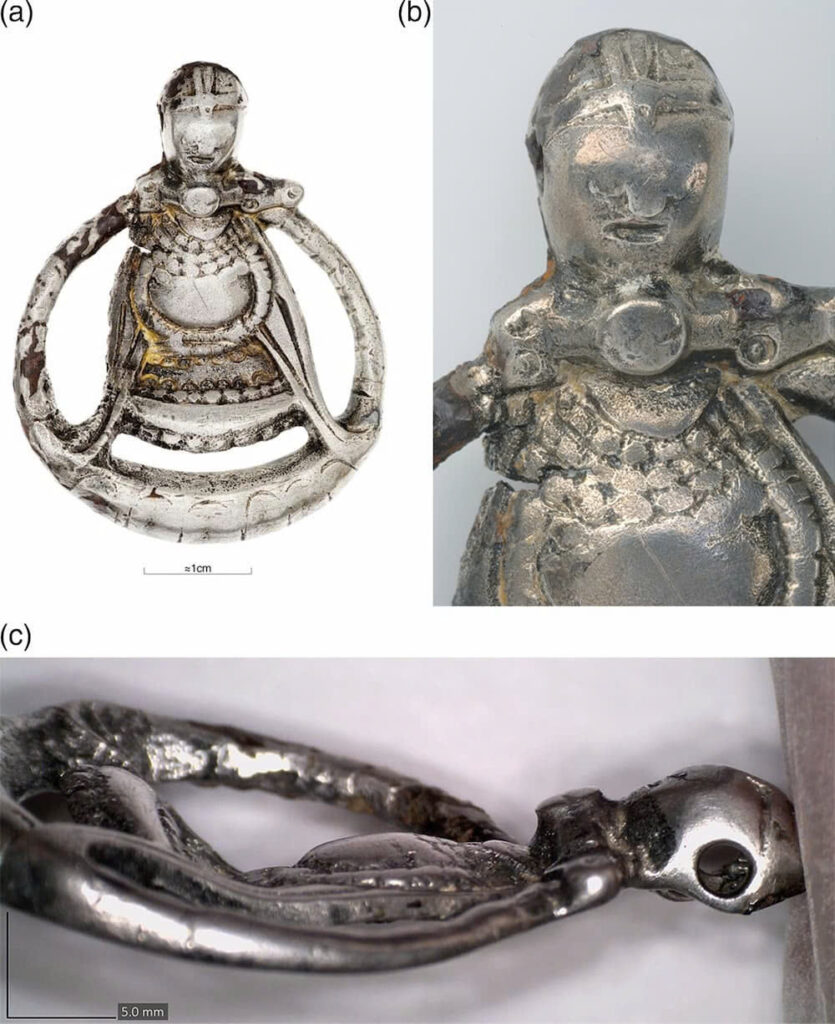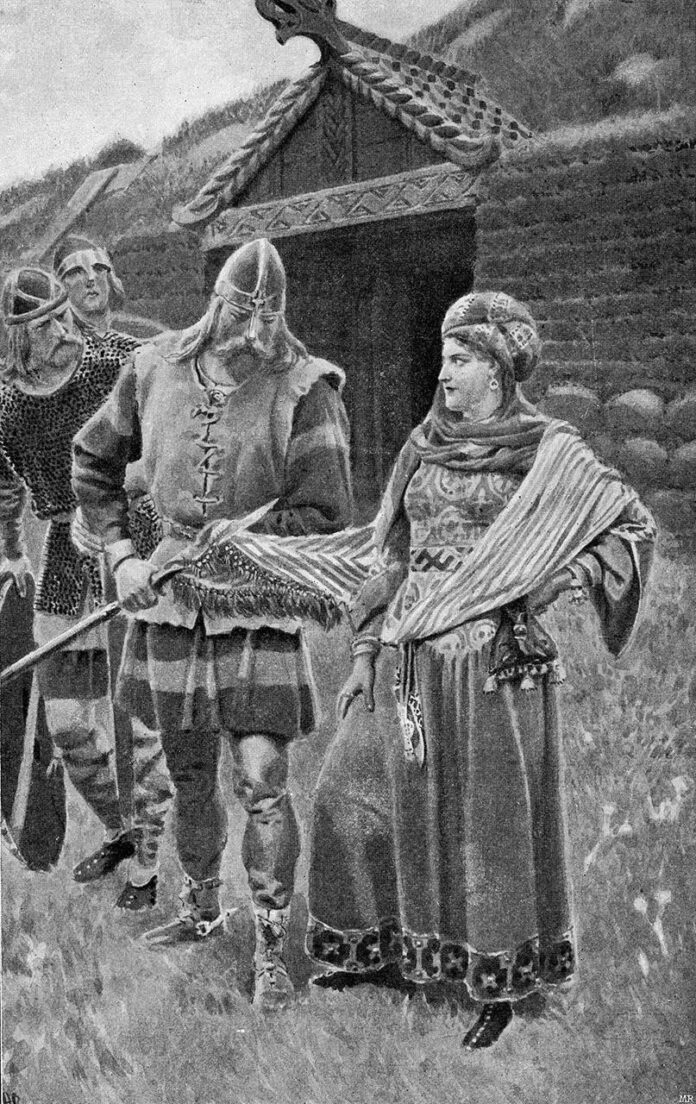Recent archaeological research has unveiled a fascinating and complex picture of motherhood during the Viking era, revealing how pregnancy and childbirth were deeply intertwined with politics, social status, and cultural identity in ways that challenge our modern understanding of medieval life.
Breaking New Ground in Viking Studies
A comprehensive interdisciplinary investigation led by researchers from Leicester and Nottingham Universities has transformed our understanding of pregnancy in Viking society. This pioneering study, featured in the Cambridge Archaeological Journal, represents the first extensive academic exploration of how expectant mothers lived, died, and were remembered in medieval Scandinavia.

The research team, headed by Dr. Marianne Hem Eriksen and Dr. Katherine Marie Olley, drew upon an impressive array of historical sources—from ancient Norse literature and legal manuscripts to burial excavations and artistic artifacts—to reconstruct the lived experiences of pregnant women over a thousand years ago.
When Motherhood Met Violence: Stories from the Sagas
Prophecies and Vengeance
The Old Norse sagas reveal startling narratives that blur the lines between motherhood and warfare. In one particularly striking tale from The Saga of the People of Laxardal, a pregnant woman named Guðrún Ósvífrsdóttir becomes the target of her husband’s murderer, who smears her with his victim’s blood while prophesying that the unborn child will one day seek revenge. This grim prediction ultimately comes to pass, illustrating how pregnancy was viewed as a vessel for future justice and familial honor.
The Warrior Mother
Perhaps even more remarkable is the story of Freydís Eiríksdóttir, who defied conventional expectations of vulnerable motherhood. When enemies attacked and she couldn’t escape due to her pregnancy, she seized a sword, exposed her breast, and struck it with the blade—a shocking display that terrified her attackers into retreat.
This literary account gains archaeological support from a unique silver figurine discovered in Aska, Sweden. The artifact depicts a pregnant woman wearing both feminine dress and what appears to be a warrior’s helmet, suggesting that the boundary between motherhood and martial identity was far more fluid than previously assumed.
The Archaeology of Inequality
Missing Mothers and Lost Infants

The burial evidence tells a sobering story of social stratification and mortality. Among thousands of excavated Viking burial sites, archaeologists have identified merely 14 probable mother-and-infant burials—a surprisingly small number considering the high rates of maternal and infant death that would have characterized the period.
More puzzling still is the discovery pattern of infant remains. Rather than being interred with their mothers, babies are often found buried alongside adult men or elderly women, or even within the foundations of homes. This unusual burial practice suggests that the relationship between mothers and children in death was governed by complex social rules that don’t align with modern expectations.
The Property of Others
The study reveals how pregnancy intersected devastatingly with systems of bondage and social hierarchy. Legal documents from the Viking period demonstrate that pregnant enslaved women were considered damaged goods in the marketplace, with their condition viewed as a commercial defect. Children born to enslaved or subordinate women were automatically classified as property rather than family members.
This dehumanization extended beyond mere economic considerations, reflecting how the pregnant body became a site of political control and social vulnerability that went far beyond biological risks.
Video
Redefining Political Power
Bodies as Battlegrounds
The researchers argue that pregnancy in Viking society should be understood as inherently political rather than merely personal or biological. The control, representation, and treatment of pregnant women revealed fundamental power structures within Viking communities, touching on questions of kinship, sexuality, gender roles, and social inequality.
As the study authors observe, political power wasn’t confined to battlefields or royal courts. The politics of pregnancy provide crucial insights into how Viking societies conceptualized personhood, family relationships, and social hierarchy.
Challenging Archaeological Assumptions

This groundbreaking research calls for a fundamental shift in how archaeologists approach the study of ancient societies. By focusing on experiences traditionally dismissed as private or biological, scholars can uncover powerful political dynamics that shaped entire civilizations.
The study highlights how marginalized voices—particularly those of women, enslaved people, and children—have been systematically excluded not only from prestigious burials but also from academic narratives about the past.
A New Understanding of Viking Society
This research reveals that Viking Age pregnancy was simultaneously a source of symbolic power and social vulnerability. Pregnant women could embody cultural ideals of strength and defiance while also being subject to extreme forms of control and dehumanization depending on their social status.
The findings suggest that Viking society was far more complex and contradictory in its treatment of motherhood than traditional archaeological interpretations have acknowledged. By centering the experiences of pregnant women, this study opens new avenues for understanding power, identity, and inequality in medieval Scandinavia—and challenges us to reconsider whose stories we prioritize when reconstructing the past.

